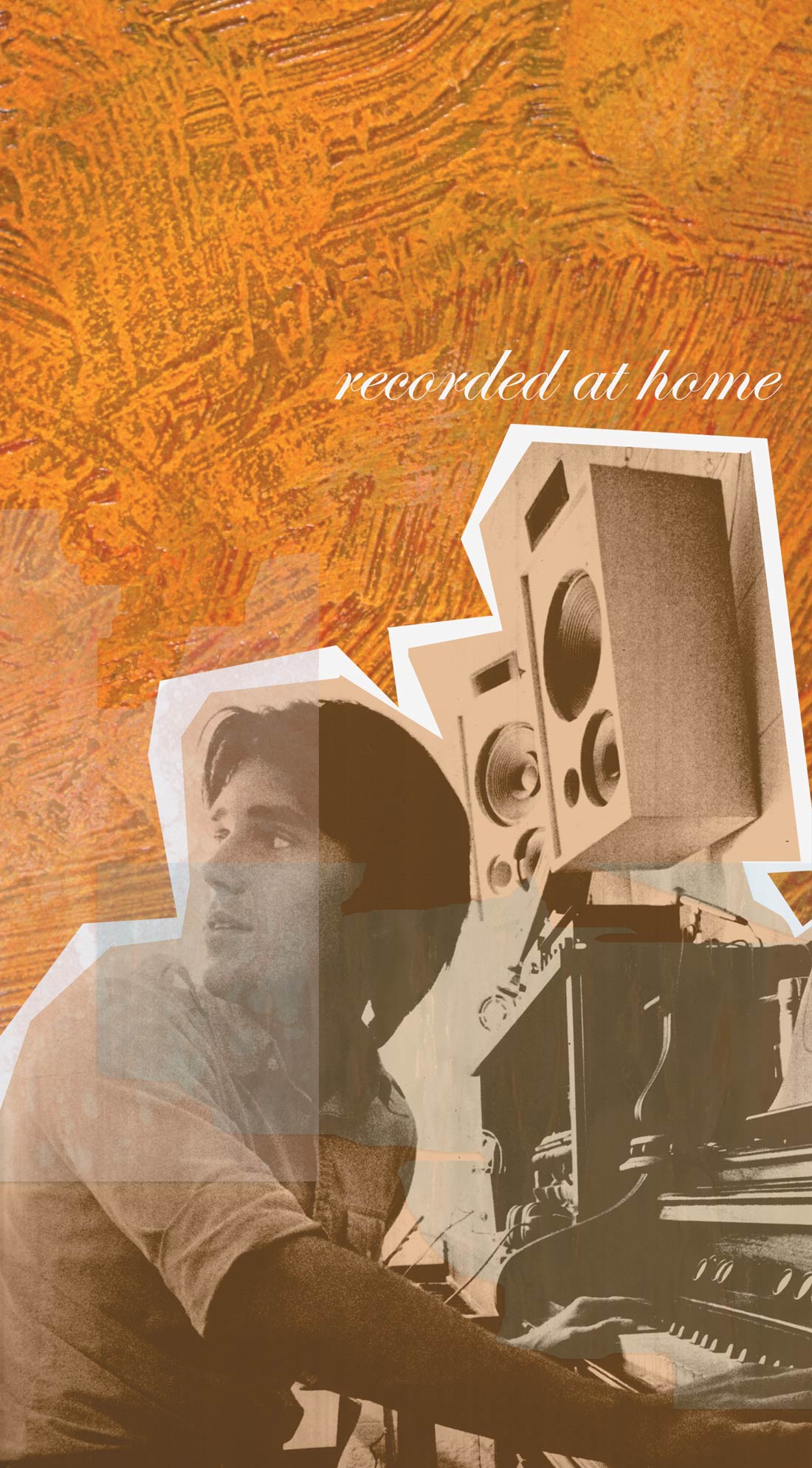Right from the start, I noticed that the Old School Audio MP1-A ($499) has an extended, "airy" top and sounds flat and accurate in the low end with very little coloration. Compared to the other two preamps in the Old School Audio line, it is very clear and mostly neutral sounding. It reminds me somewhat of the transformer-coupled Great River MP- 2MH. The OSA MP1-A has the same clean vibe as the Great River, and both preamps retain the subtle but depth- enhancing sonic signature of a transformer with a high- percentage nickel alloy core. The input transformer, designed specifically for the OSA MP1-A, is a "Jensen" type (an Altran to be exact). It does not have the stronger coloration of the Crimson and Lundahl trannies used in the other two OSA preamps. Although the MP1-A is not what I would consider a character preamp, it does make up for it with a smooth texture, especially in the high frequencies. The highs on the MP1-A seem gently EQ'ed in a flattering way, as if a "high end" Class-A EQ (i.e. Millennia, Pendulum, DW Fearn, etc) were used with a gentle shelf at 12 kHz or above. This is different from the high end on the Lundahl- equipped MP-1L, which to my ear sounds more natural overall, even though the frequency curve in the high frequencies may be similar. This is due to differences between the Altran and Lundahl transformers-more on that later. I find that the MP1- A fits well on overheads (especially with ribbon mics), acoustic guitar, and vocals (especially female), where an accurate but somewhat airy picture of the audio source is needed.
The MP1-C (a.k.a. "Vintage," $499) is equipped with a Crimson Audio input transformer based on the original transformers used in vintage API preamps of many years ago. I couldn't tell much of a difference between my Brent Averill refurbished API 312 and the OSA MP1-C. The MP1-C seemed to be a small amount clearer in the low mids, but marginally so. I personally own and use the Brent Averill 312 daily to great effect, so in my opinion, the large amount of similarity to the BA 312 demands respect. The MP1-C is less extended in the highs than its sibling MP1-A. It is smoooooth, and has an almost attenuated character in the high frequencies. It has a tight, growly midrange and relatively "flat" lows that are a little larger than the MP1-A's. This in fact could possibly be due to the rich mids and the perception of a reduced high-end that are both characteristics of the "API" sound. For me, the classic sonic signature of the MP1-C generally gets usage on snare, hand percussion, male voices, mic'ed bass amp, and horns. Many of my acquaintances find the "312" type sound of the OSA MP1-C to be their preference on guitar amps and kick drum also. For these applications, I personally prefer the more low-end emphasized, relatively smoother midrange sound of the vintage "Neve" camp, specifically with lower input impedances which tend to yield a larger low end. Enter the MP1-L.
The MP1-L (a.k.a. "Mutant," $569) is equipped with a Lundahl 1538XL input transformer. The "Mutant" has BIG lows and BIG natural highs. Overall, the highs on the MP1-L sound more natural than on the MP1-A. This is not a frequency issue to my ears; it's a fundamental difference in the way the different transformers used in the OSA models treat the audio. As a reference point, Lundahl transformers are also used in many of the well-respected Dirk Brauner line of microphones. Although the circuit design is similar across the entire OSA line, the differences in the sonics of the transformers allows me to easily create subtle and not so subtle variations in sound when tracking. I personally cannot "paint" a mix with just "clean" or "character" sonics. Now for the shocker: to my ears the MP1-L has a very similar frequency response and coloration as my Brent Averill refurbished Neve 1272 in the lows and low mids. (This is a huge compliment in my book.) However, the highs on the MP1-L are not nearly as dark or soft as the BA 1272. Usually, I would not use the 1272 for vocals, room, snare, or overheads. Instead, I almost exclusively reserve it for outside kick or guitar amps, applications that I often find need the "edge" taken off or the top frequencies softened. The MP1-L provides the same low-end vibe, with a bigger, clearer, more open top-end, enabling it to be used on far more sources than the 1272, ranging from loud Mesa cabinets to intimate female folk vocals. In general, this is probably the most utilitarian preamp out of the entire OSA line; but all three preamps are excellent and complimentary to each other.
For more details on Old School Audio preamps and racks to hold them, visit oldschoolaudio.com.
For more lowdowns from Nathan, you can visit atlasproaudio.com and atlasrecording.com, but you're more likely to find him contributing to online music and recording forums, including our very own tapeop.com.




_disp_horizontal_bw.jpg)